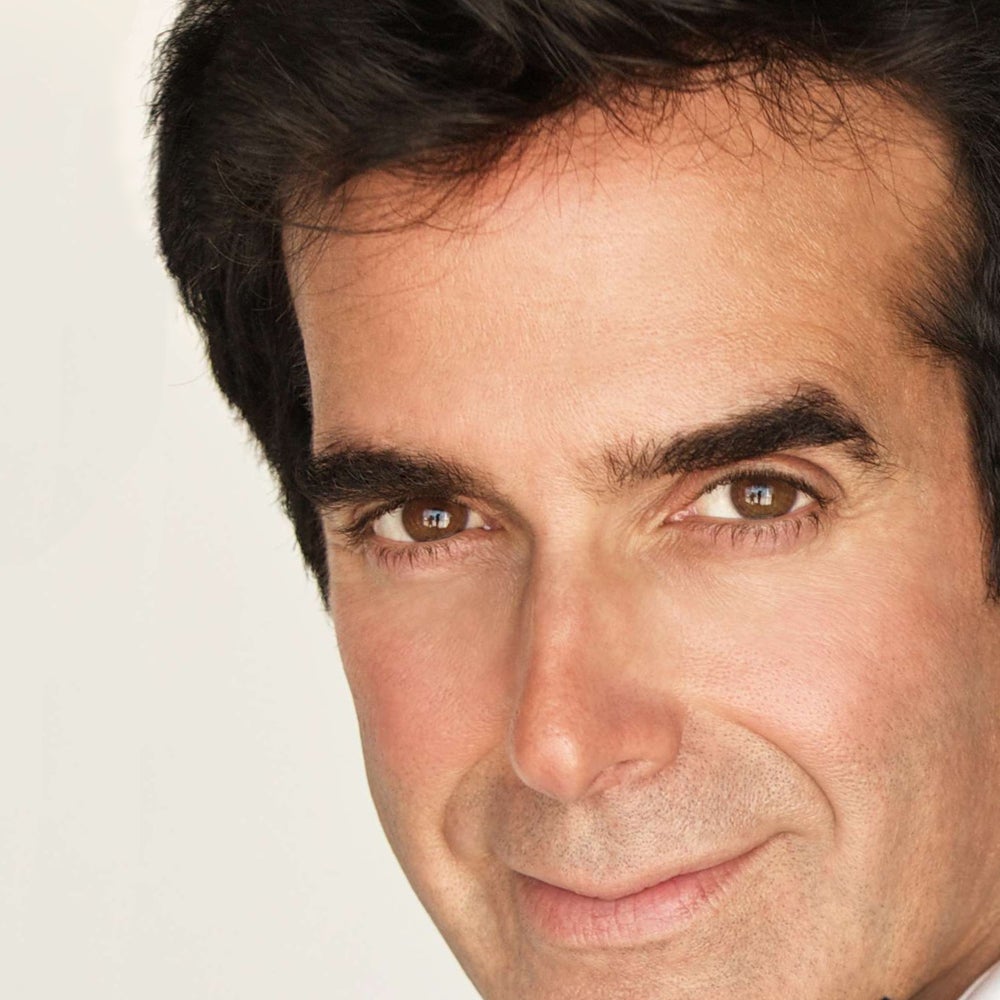The notion that we can divine the truth by looking our fellow humans in the eye is no doubt as old as our species itself. Eyes are, after all, the proverbial windows to the soul. This is why our popular culture is rife with ocularcentrism: from Mr. Miyagi exhorting Daniel-san to “Always look eye,” to .
But while maintaining eye contact may be crucial when you're interviewing for that job or interrogating that kid who came home smelling like weed again, it shouldn't serve as the basis for public policy regarding cycling and street safety. Nevertheless, this is exactly what's happening, and countless PSAs and instructionals now emphasize the importance of making eye contact with drivers in order to make sure that they see you. Indeed, Transport Canada recently took it a step further by :
When approaching a parked car, if you can’t see a driver’s eyes in the rear-view mirror, they cannot see you. Make eye contact and slow down.
Not only is this clearly the brainfart of someone who's never ridden a bicycle, but polite Canadians could conveivably wind up waiting behind parked cars for days before realizing they're empty.
Of course, making eye contact with drivers isn't a bad idea, and according to it can even help. Somewhat. If you're a pedestrian:
Without eye contact, about 55% of the drivers did not stop at the pedestrian crossing. However, when pedestrians stared directly at the driver’s eyes, about 68% of drivers stopped.
Though another way to interpret the study is that even with eye contact, a distressing percentage of drivers are still going to violate your right of way while you're walking—and that's in France, where the most popular car is the diminutive Renault Clio. Here in America, our cars are so big the only thing you can make eye contact with is the bumper, and the pickups are jacked up so high you might not even realize one is driving over you until you get thwapped in the face by a pair of Truck Nutz.
But while making eye contact with drivers may be better than not doing so, placing any real faith in it is not only futile but potentially fatal. I'm not aware of any eye contact studies that focus on cyclists instead of pedestrians, but I can tell you from years of experience that making eye contact with a driver means about as much as making eye contact with your cat. Oh, sure, sometimes they're acknowledging you, but other times they're looking right through you without even registering your presence. Then there's my personal favorite, which is when they do see you but clearly don't give a shit and keep right on going anyway.
Hey, right of way is in the eye of the beholder, and a lot of drivers think it came free with their Hyundai Santa Fe.
Ultimately, as a safety technique, making eye contact with drivers while cycling seems to owe more to social custom than it does to serious study. On the other hand, the fact that drivers don't actually see you even when they're looking right at you is pure science. Our brains employ a visual shorthand to see, which is why . (Perhaps you've seen that illustrates the principle.) It's also why the driver who hit you explains to the police that you “came out of nowhere” despite your undeniable opacity and corporeal permanence, and why (if you're lucky) you go away wondering how the hell someone drove right into you while staring you square in the face.
Most distressingly, the manner in which we see (or fail to) explains the career of master illusionist David Copperfield, but that's beyond the purview of this missive.
So why do so many governments and organizations continue to stress the importance of eye contact? Probably for the same reason you tell your friends to “get home safe.” It makes you feel like you've done something to help protect them, even though you really haven't. And while it became clear to me pretty early on that I should place as much stock in a look from a driver as I should in morning ride plans hatched at a bar over five rounds of drinks, I never heard anybody say this in an official capacity until I was like 30 years old and took a motorcycle safety course. The instructor made the dangers of relying on eye contact quite clear, and as a cyclist this really resonated with me. In fact, it's the one lesson that really sticks out in my mind all these years later. Well, that and not placing a bare leg on the header pipe.
To be absolutely clear, I'm not saying cyclists should avoid making eye contact with drivers. We do a lot of mental calculus as we assess the situation out on the road, and the state of a driver's visage is certainly something to factor in, so you might as well. However, pushing for cyclists (and pedestrians) to make eye contact with drivers—without adding the crucial qualifier that odds are the driver still doesn't see you—can potentially do as much harm as good, since it lulls us into a false sense of security and opens the door to conflict.
So sure, go ahead and make eye contact. Just make sure to use the Larry David approach: skepticism, tempered by an underlying lack of faith in humanity.


